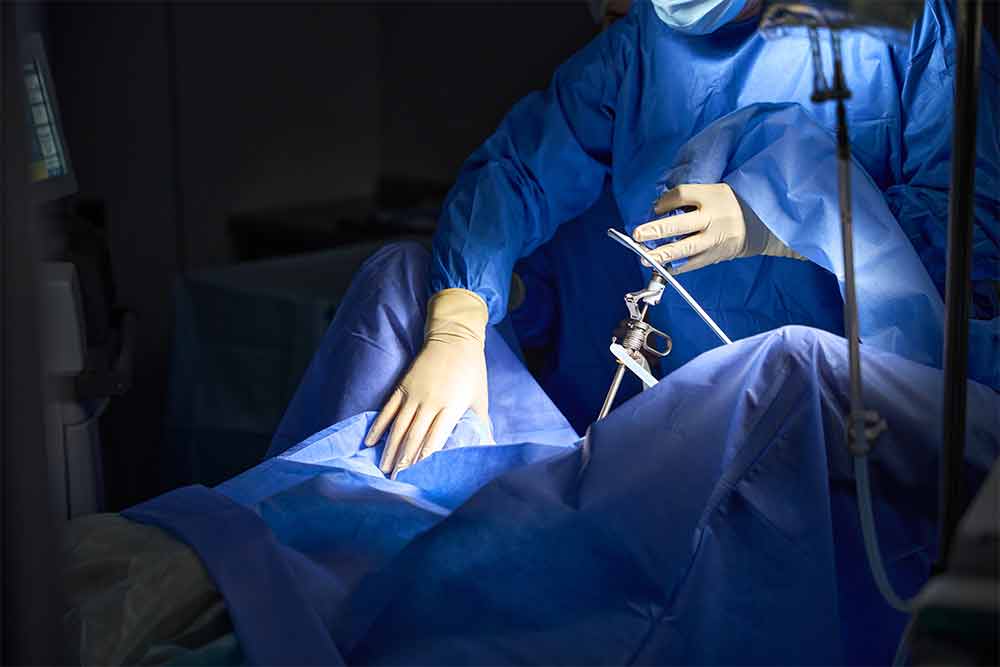
Laparoscopic surgery is a minimally invasive procedure that allows doctors to diagnose and treat various medical conditions without the need for large incisions. It is often used for conditions like gallbladder removal, hernia repair, and gynecological surgeries. For many patients, the thought of undergoing surgery can be overwhelming. This guide will help you understand what to expect before, during, and after a laparoscopic procedure, so you can approach your surgery with confidence.
Preparation is key to ensuring a smooth laparoscopic surgery. Here’s what you need to do and expect before the procedure:
On the day of the surgery, a calm and supportive environment awaits you. Here’s what typically happens during a laparoscopic procedure:
Once the procedure is completed, recovery begins. Here’s what to expect:
Laparoscopic surgery is an advanced and safe option for many medical conditions. The minimal scarring, shorter recovery time, and lower risk of complications make it an appealing choice for both doctors and patients. If you have any concerns, don’t hesitate to discuss them with your doctor.
Take charge of your health—consult with our specialists today to find out if laparoscopy is the right option for you!